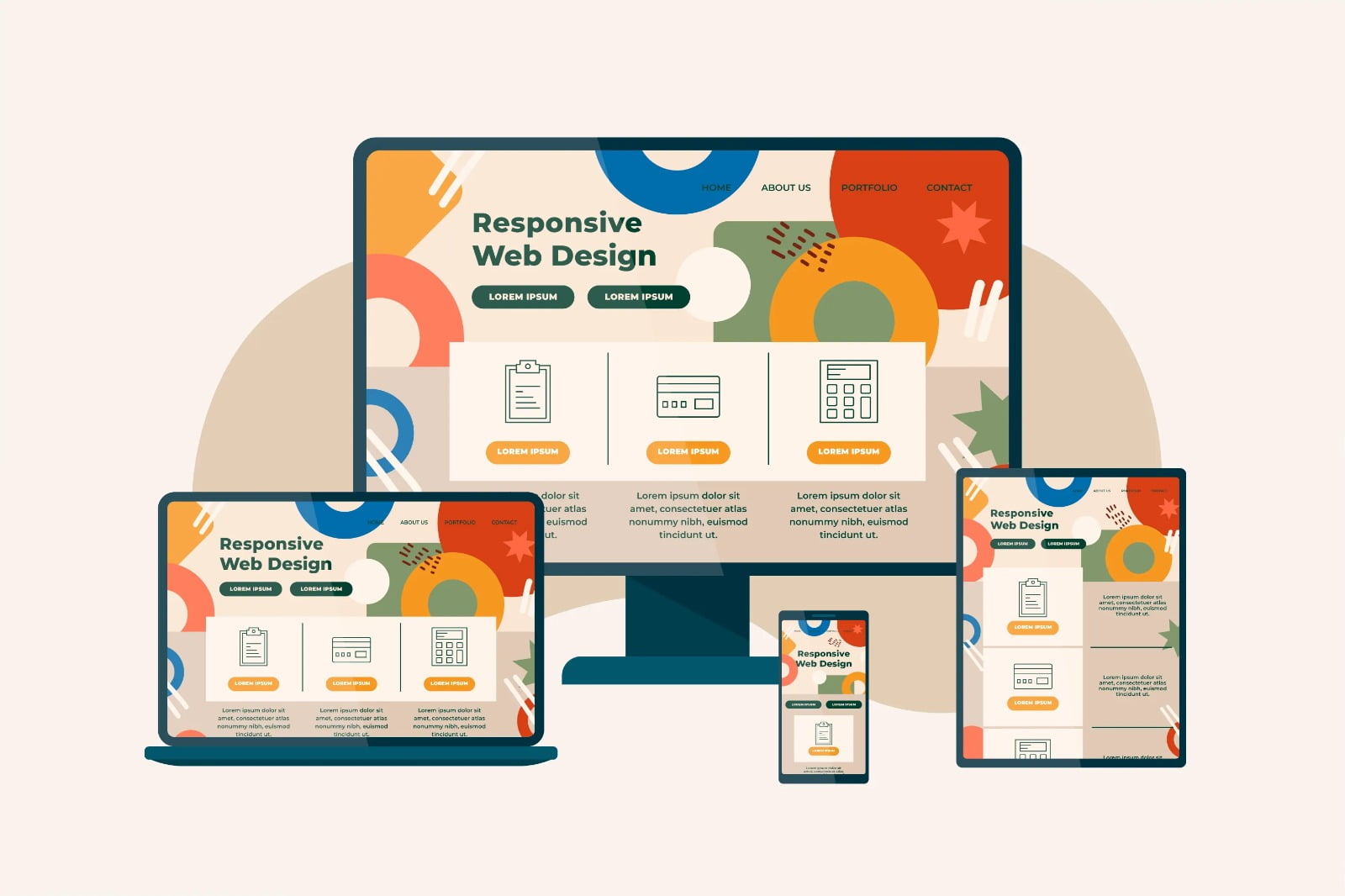
The usage of mobile devices to access the internet has exploded in the last decade. Websites must prioritise mobile optimization due to this change in user behavior. Let me explain:
A mobile-friendly website prioritises the user experience by catering to smaller screens and enabling touch navigation. Make sure the menus are easy to see, the wording is legible, and the buttons are big enough for fingers, not cursors. People have a better time since they are able to get what they need without any hassle.
Sites that are easy to navigate on mobile devices tend to rank higher in search results, according to Google and other search engines. In other words, more organic traffic will come from search engines if a well-optimized website ranks higher for mobile queries.
1. Websites should load faster: People using mobile devices want websites to load faster. Your website will load quickly on any device by utilizing mobile optimization techniques such as code modification and image compression. If your site takes too long to load, visitors will likely leave and go to a competitor.
2. Higher Conversion Rates: Whether it’s making a purchase, signing up for a service, or contacting your business, a mobile experience that is easy to use leads to improved conversion rates. You may improve your bottom line by facilitating users’ mobile goal completion and eliminating any barriers they may encounter.
3. Expands Your Audience: Mobile devices contribute significantly to the majority of web traffic in the modern day. A huge chunk of your prospective audience will never see your website if it isn’t mobile-friendly. By optimising for mobile devices, you can reach your audience no matter where they are.
Finally, websites can’t afford to ignore mobile optimisation. Achieving your company goals, improving search ranking, and providing a seamless user experience are all dependent on it.




